Architecture student André Ford has proposed a new confinement system for chicken farms, drawing a parallel to how humans are confined in the movie The Matrix.
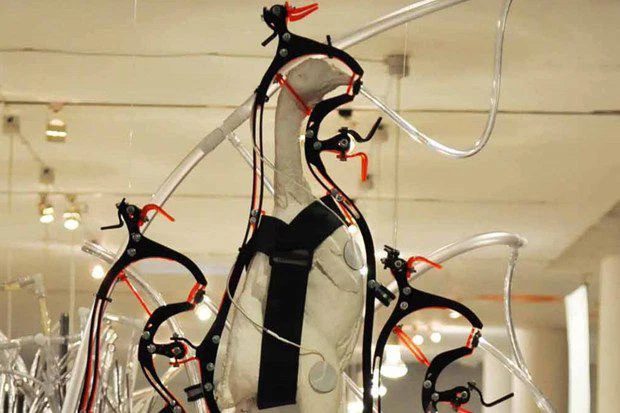
André Ford has introduced a new system aimed at mass chicken farming and production. In this model, chickens would have their cerebral cortex removed to prevent them from feeling fear or distress while being tightly packed together in vertical farms. This system is referred to in Vietnamese as the “Unconscious Nurturing Center.”
André Ford, a student at the Royal College of Art in the UK, is deeply interested in the rapid development of the poultry industry. Each year, the UK raises and slaughters 800 million chickens for meat. While many consider meat chicken farming to be unethical and unsustainable, it is currently viewed in many countries as a form of intensive farming that heavily utilizes automation.
Chickens would be incubated and raised for about 6 to 7 weeks in windowless barns, each containing around 40,000 birds. They are selectively bred to grow faster than their natural counterparts, which often leads to joint and developmental issues. Many suffer from heart and lung diseases due to the extremely poor living conditions.
Philosopher Paul Thompson from Purdue University proposed the “Blind Chicken Solution” for poultry farming. He explains that the chickens would be made blind through “accidents,” which would limit their movement, thus avoiding overcrowding in the barns. To many, this seems quite cruel; however, from a practical perspective, this solution appears to be more humane for chickens raised solely for meat.
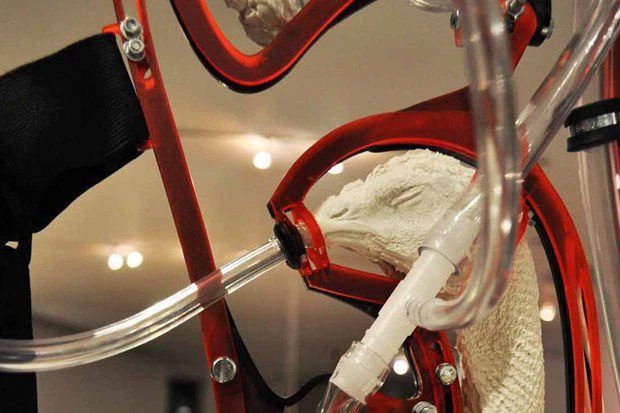
Every year, billions of chickens are raised globally with the sole purpose of providing meat at the end of their short lives, which last only a few weeks. They are forced to live in extreme conditions, crammed together and fed industrial feed to promote rapid growth. Ethical debates surrounding poultry farming have been ongoing for decades, with activists arguing that treating any living being in such a manner is inhumane. However, people still need to eat, right?
With the rising demand for chicken meat, production methods will need to be intensified and altered to meet this increase. André Ford suggests implementing the unconscious chicken farming model.
The solution that this student believes will save chickens is to remove their consciousness by eliminating the cerebral cortex—while still alive, they would be unable to feel anything.
This model illustrates that chickens would be raised in the Unconscious Nurturing Center. Each chicken would be connected to various tubes: one for nutrition, one for waste removal, and electrodes to stimulate muscle growth.
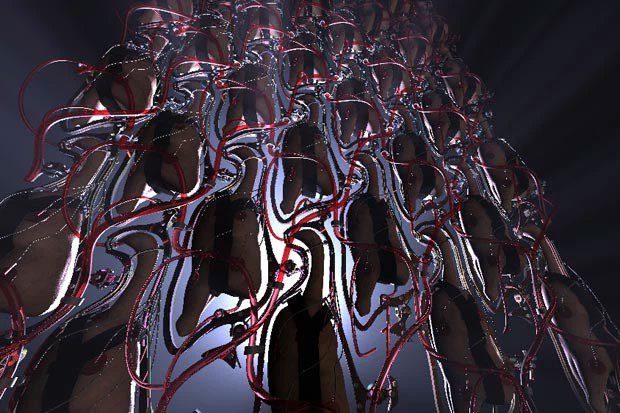
The brainstem of the chicken would remain intact to manage metabolic processes related to growth. The muscles would need to be exercised to develop, which could be achieved by providing certain stimuli or using electric shocks, similar to the “in vitro” meat production process.
Although this is just a model and remains an idea, if implemented, it would likely extend beyond chicken farming and could be applied to other livestock raised for meat, such as pigs and cattle.
This farming method is not unlike a real-life version of The Matrix.
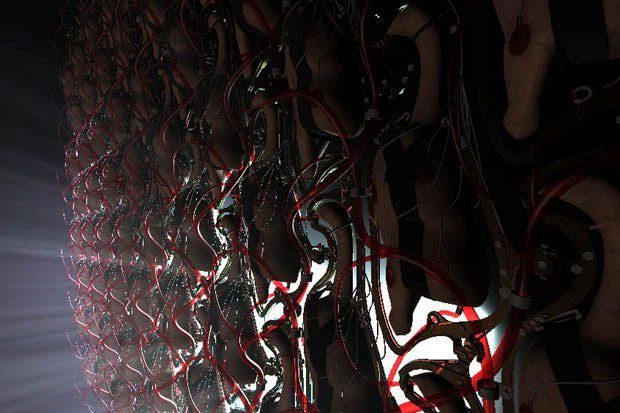
In reality, the idea of this farming method has faced considerable opposition, with many deeming it too brutal and inhumane. However, for most people, when holding a piece of chicken in their hands, their concern is the taste and satisfying their hunger rather than pondering how the chicken was raised or the suffering it endured.
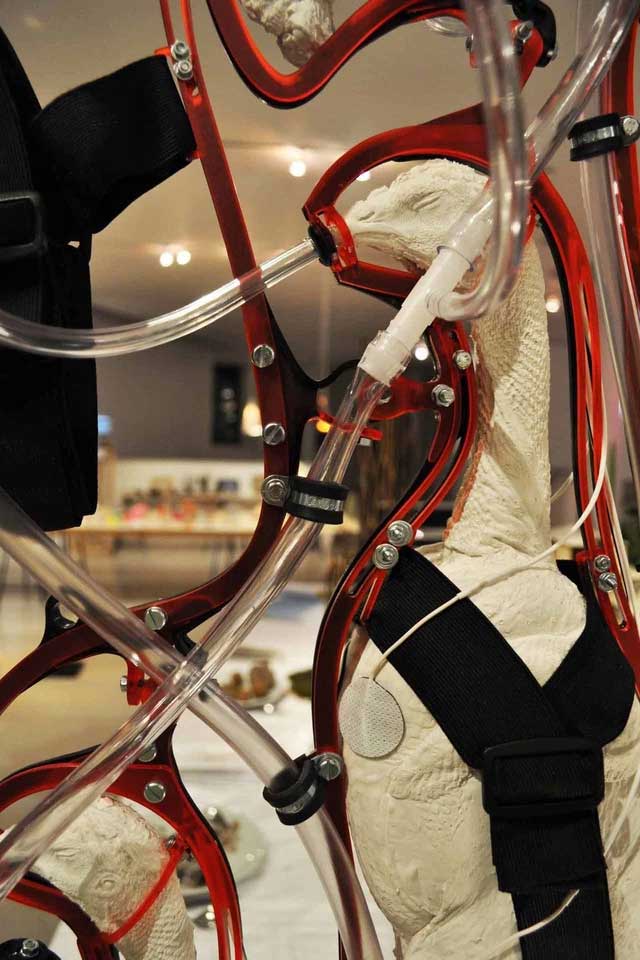
From one perspective, this model can be seen as a combination of nature and machinery, and it may represent the future of agriculture.
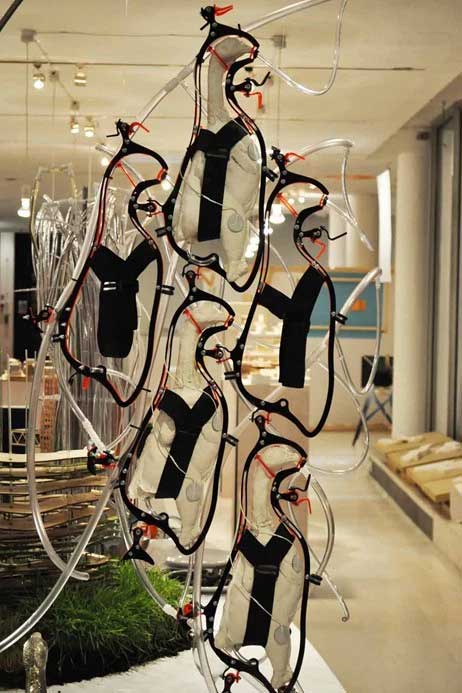

Chickens are raised on farms for two purposes: eggs and meat. In both industries, the health of chickens is often deemed less important than maintaining high production levels continuously, leading to numerous violations of animal rights. Most chickens raised for meat will never see the outdoors, instead being confined in overcrowded indoor barns for the majority of their lives. Meat chickens are selectively bred for large breast muscles and are raised to gain weight quickly while requiring less food and water.





















































